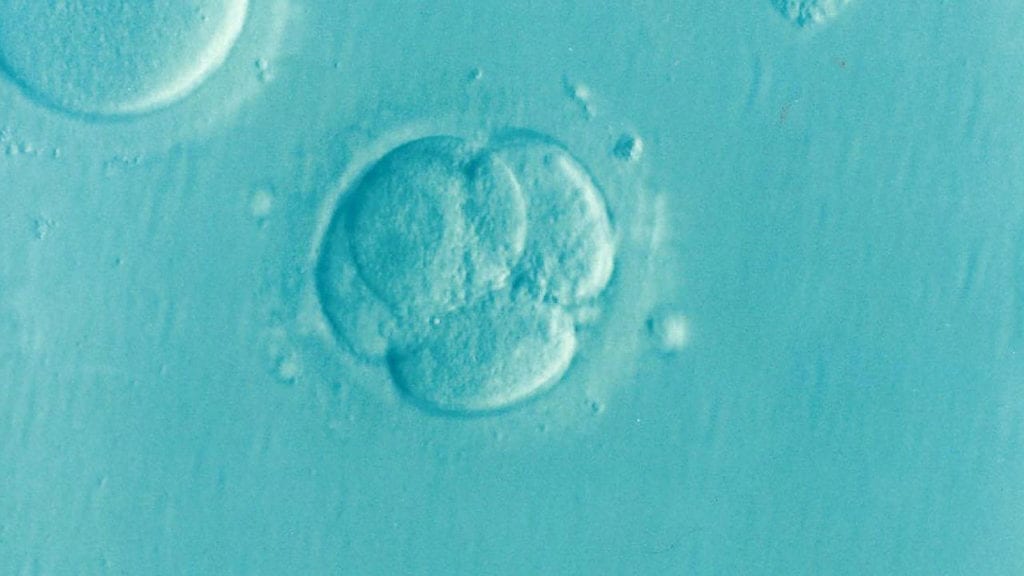For many patients, symptoms of Huntington’s disease appear within midlife: between the 30s and 40s. This progressive disorder causes brain cell death, leading to a loss of physical and mental findings. In the past, most physicians and researchers have considered Huntington’s disease to be neurodegenerative. However, shares Medical XPress, a new study suggests that the condition is actually a developmental disease. Researchers from the Laboratory of Synthetic Embryology at Rockefeller University discovered that some early Huntington’s signs and effects are actually found within the first two weeks of embryonic development.
Interested in learning more? Take a look at the full study findings published in Development.
Huntington’s Disease (HD)
HTT gene mutations cause Huntington’s disease, also known as Huntington’s chorea. Normally, HTT encodes for the production of huntingtin, a protein which seems to play a role in neuronal health and function. In patients with Huntington’s disease, the HTT mutation causes toxic huntingtin accumulation, which breaks apart and binds to neurons, causing neuron death and dysfunction. An estimated 3-7 out of every 100,000 people have Huntington’s disease.
While there is a juvenile form of Huntington’s disease, with a lifespan of 10-15 years following diagnosis, the more “common” form is adult-onset. Once symptoms appear for these patients, patients typically live for another 15-20 years. Unfortunately, there is no cure for Huntington’s disease and treatment is symptomatic. Symptoms include:
- Depression and anxiety
- Uncharacteristic anger or irritability
- Changes in behavior, including impulsivity
- Cognitive decline, such as forgetfulness, poor decision making, or difficulty retaining new information
- Muscle rigidity or contractures
- Chorea (uncontrolled jerking or twitching movement)
- Problems with balance and coordination
- Difficulty swallowing
The Research
Within this particular study, researchers wanted to understand why HTT gene defects mostly affect neurons in a specific area of the brain. In the past, researchers discovered that the effects of the mutations begin years, even decades, before neuron death begins. In fact, it occurs during embryonic brain development. However, researchers wanted to look even earlier at a period called gastrulation. During gastrulation, the embryo begins developing embryonic germ layers. From these germ layers come different types of cells. Learn more about gastrulation here.
To begin, researchers developed lab-created (synthetic) human embryos which could be used to approximate how human cells, during embryonic development, work. Next, researchers used CRISPR, a gene-editing technology, to add certain gene mutations associated with Huntington’s disease to the embryos.
Ultimately, this changed a specific signaling pathway which normally guides embryonic cellular development. Because of this, the gene mutations are associated with different-sized germ layers. Doctors are still not sure exactly how these different-sized germ layers affect embryonic development or Huntington’s disease development. However, through additional research in the future, researchers could potentially develop a screening kit or even therapeutic options for patients.








